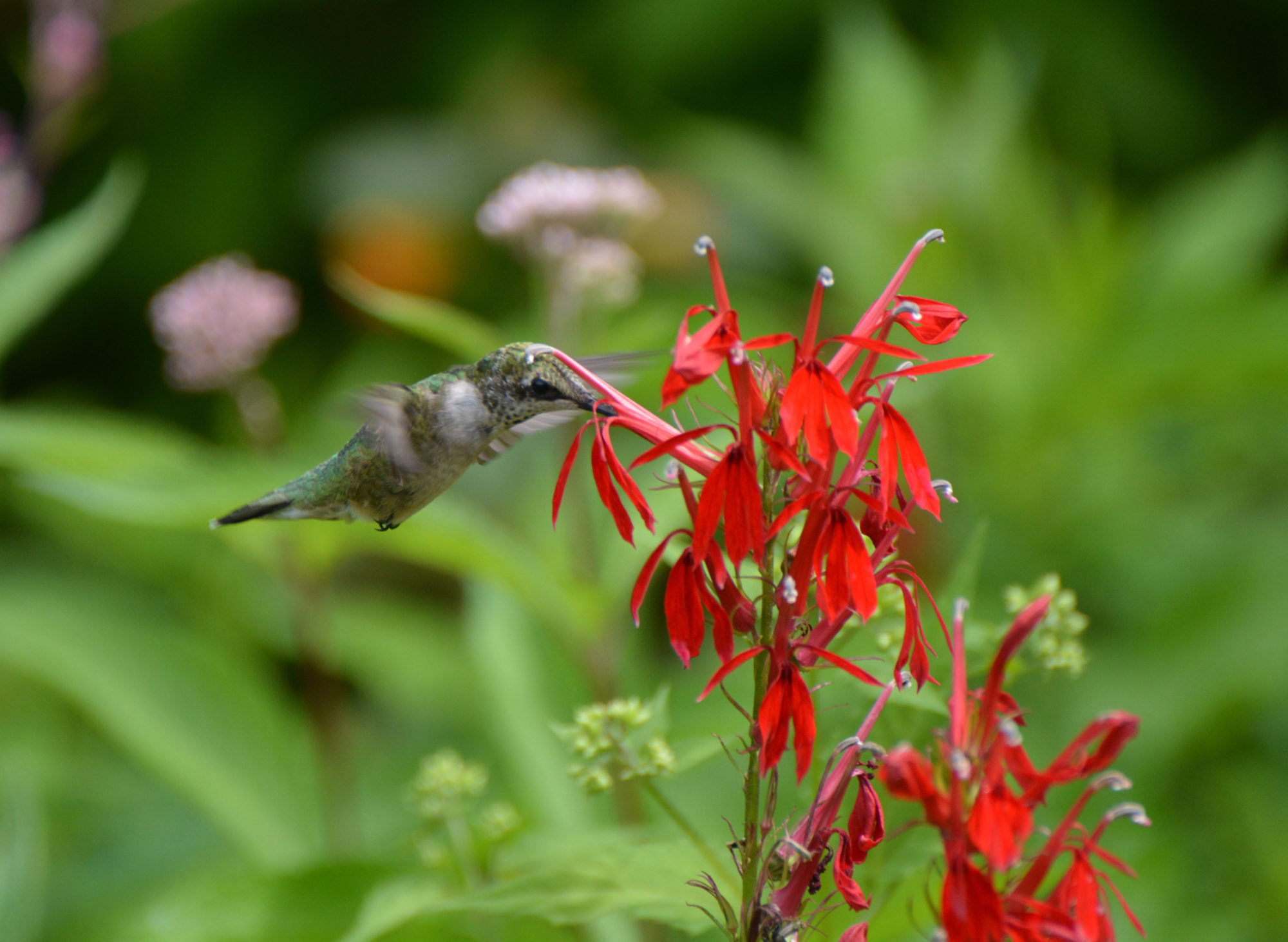FREE apps are available to help us identify plants.
And as Michael Coren, Climate Advisor of the Washington Post says, “… the apps are more than tools to get acquainted with nature. They’re pushing AI identification — and conservation — forward. Recognizing natural inhabitants, and our relationship to them, helps us rediscover what remains and protect it.”
By the way, the USA Phenology Network has an excellent Botany Primer, which can be used by anyone whether or not you participate in its Nature’s Notebook project.
Budburst Plants and Climate Change project
SPONSOR: Chicago Botanic Garden
This project monitors plants and their response to climate change. It’s a very important way you can contribute to climate science!
(NOTE: Budburst’s other projects: Pollinators and Climate and Milkweeds and Monarchs)
From BudBurst: “When an area warms up in the spring or cools down in the fall depends on Earth’s climate. Due to the ongoing global rise in temperature, many parts of the world are becoming warmer earlier in the spring and staying warmer later into the fall. By monitoring plants and recording their life-cycle, scientists can figure out how seasonal patterns are changing, and make predictions for the future.”
The mobile app makes it very easy to record and report data!
Resources for BudBurst Phenology project:
- Learn how the project works
- Plant groups – shows phenophase examples for each group (e.g. wildflowers) and data sheets
- Budburst data (if you have an account)
- BudBurst plants in each category
Seek ID for Plant, Animal, Fungus – Very easy!
SPONSORS: California Academy of Sciences and the National Geographic Society
Compared to iNaturalist: “Best choice if you do not want to create an account or share data, or are just getting started exploring nature.”
This is a streamlined version of iNaturalist. Here’s the User’s Guide — it’s very well-designed and worth reading.
If Seek identifies the plant to the species level, you have the option of submitting the sighting to iNaturalist.
NOTE: In addition to using this app to ID plants, it can also be used for animals and fungi.
iNaturalist Plant, Animal, Fungus ID – Easy
SPONSORS: California Academy of Sciences and the National Geographic Society
Every observation can contribute to biodiversity science, from the rarest butterfly to the most common backyard weed. We share your findings with scientific data repositories like the Global Biodiversity Information Facility to help scientists find and use your data. All you have to do is observe.
Compared to Seek: “Best choice if you want to connect with others, share data, and are interested in natural history and contributing to citizen science.”
Pl@ntNet Plant ID – Easy
SPONSORS: Many partners, many from abroad
This FREE plant ID app was recommended by the NY Times Wirecutter product review as being the easiest to use, though it didn’t provide as much background information on each plant. Download this app from PlantNet or from your device’s app store.
Nature’s Notebook – NOTE: More advanced than BudBurst!
Resources for Nature’s Notebook:
- Video: Nature’s Notebook
- Video: Crash course
